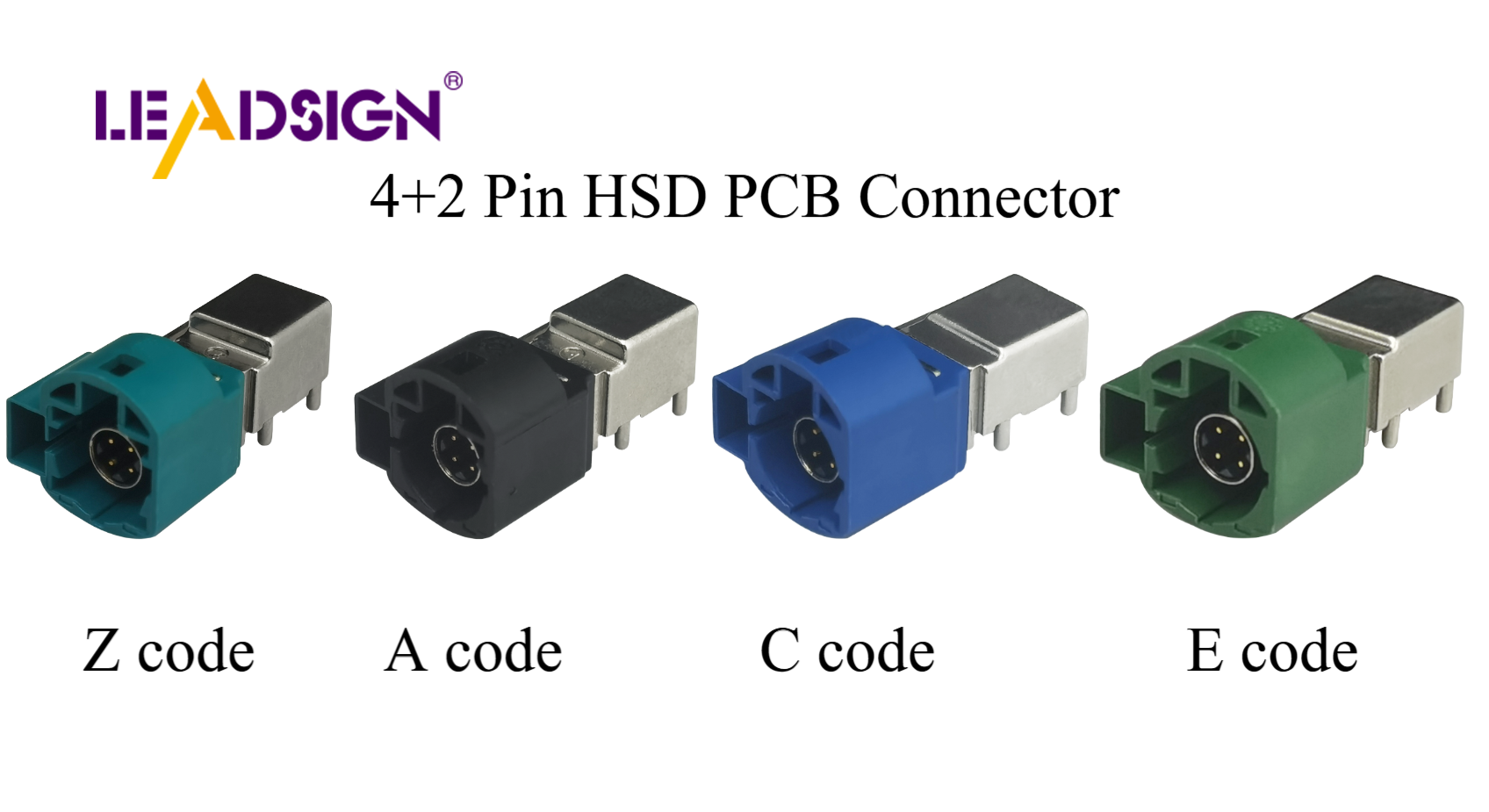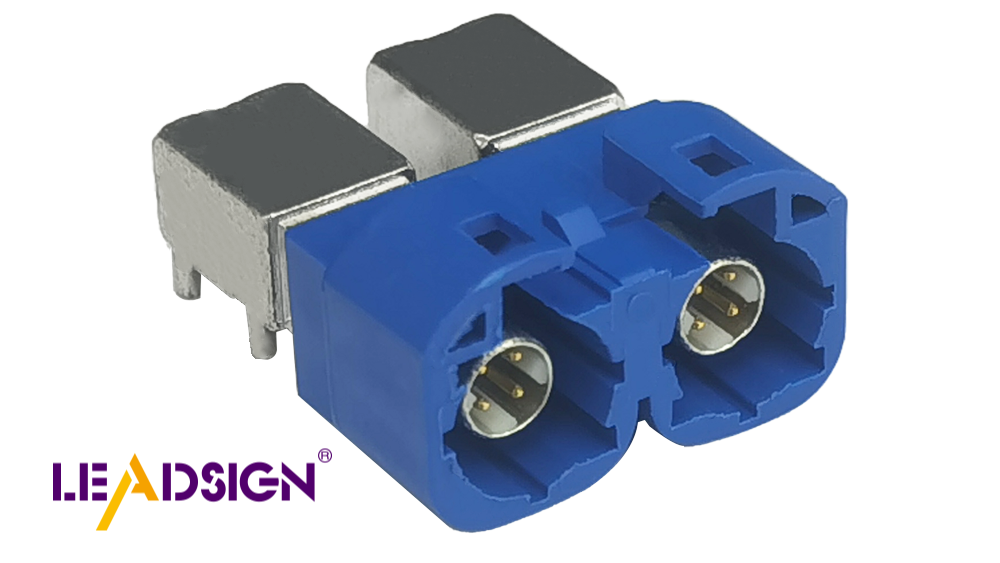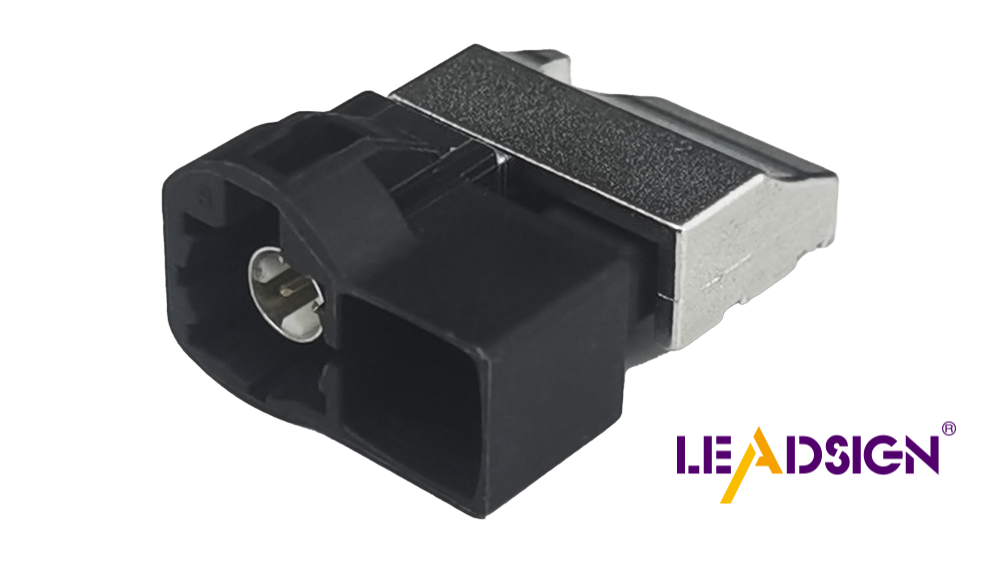Understanding and Using Wiring Connector Types Effectively

Understanding wiring connector types is crucial for ensuring safe electrical work. Selecting the appropriate connector helps prevent accidents and enhances the quality of wiring. Many electrical accidents occur due to the use of incorrect connectors. For instance, approximately 10% of work-related fatalities are caused by electrocutions, sometimes resulting from faulty connectors. By identifying hazards and opting for reliable wiring connector types, you significantly reduce risks. Proper usage of connectors and regular inspections help maintain the safety and efficiency of electrical systems.
Key Takeaways
Choosing the right wiring connector is essential for safety and efficiency in electrical work, helping to prevent accidents and ensure reliable connections.
Familiarize yourself with different types of connectors—such as wire nuts, crimp connectors, push-in connectors, and solder connectors—to select the best option for your specific application.
Always prepare wires properly and check their type and size before selecting a connector to ensure a secure fit and optimal performance.
Utilize the appropriate tools, like wire strippers and crimping tools, to make safe and effective wire connections, enhancing the longevity of your electrical systems.
Regularly inspect and test your connections with a multimeter to ensure they are secure and functioning correctly, reducing the risk of electrical failures.
Follow safety guidelines, such as turning off power before working on connections and adhering to manufacturer instructions, to maintain a safe working environment.
Basics of Wiring Connector Types

Knowing wiring connectors is important for electrical work. Each connector has a special job and benefits. Let's look at different wire connectors and how they are used.
Types of Wiring Connectors
Wire Nuts
Wire nuts, or twist-on nuts, are very common. They join wires by twisting them together and securing with a nut. They are great for homes because they are simple and work well. Wire nuts come in different sizes and colors for different wires.
Crimp Connectors
Crimp connectors make a strong connection by squeezing the connector onto the wire. They are used in cars and factories where shaking is a problem. You need a special tool to crimp, so they are good for tough places.
Push-In Connectors
Push-in connectors are fast and easy. You just push the wire in, and it stays. They are liked in homes and businesses because they save time.
Solder Connectors
Solder connectors join wires by melting solder around them. This makes a strong and lasting connection. Soldering is often chosen for its strength.
Specific Uses for Each Type
Residential Applications
At home, twist-on wire nuts connect wires in outlets and lights. Push-in connectors are also used because they are easy.
Commercial Applications
In businesses, stronger connectors are needed. Crimp connectors are used because they handle shaking and stress. They are used in big systems like HVAC.
Automotive Applications
Cars need connectors that handle high power and tough conditions. Crimp connectors are used in cars for their reliability. Solder connectors are used where a strong connection is needed.
Knowing these connectors helps you pick the right one. This makes your work better and keeps electrical systems safe and lasting.
Tools and Materials for Safe Wire Connections

To make safe wire connections, you need the right tools. These tools help your electrical work be safe and good. Let's look at the tools and materials that help make strong connections.
Important Tools
Wire Strippers
Wire strippers are important for getting wires ready. They take off the cover without hurting the wire. This tool helps you show the wire ends, making it easy to connect them well.Crimping Tools
Crimping tools are needed to crimp wires right. They help attach crimp connectors by squeezing them onto the wire. This makes a strong connection. Using the right crimping tool is key for keeping the connection strong.Soldering Iron
A soldering iron joins wires with solder. It heats the solder to flow around wires and stick them together. This tool is great for making connections that last and are strong.
Suggested Materials
Insulation Tape
Insulation tape covers bare wires and connections. It adds protection from shocks and short circuits. Wrapping tape around the connection keeps it safe and covered.Heat Shrink Tubing
Heat shrink tubing protects wire connections too. Slide it over the connection and heat it. The tubing shrinks and fits tightly around wires. This keeps the connection safe and gives support.
Having the right tools and materials is key for making safe wire connections. By using these tools, you can crimp wires well and keep your electrical systems working safely.
How to Use a Wire Connector Well
Knowing how to use a wire connector is important. It keeps electrical work safe and good. Follow steps to make strong connections.
Getting Wires Ready and Picking the Right Connector
Checking Wire Type and Size
First, look at the wire type and size. Different connectors fit different wires. Check the wire's thickness and material. This helps pick the right connector. Thick wires need big connectors.
Choosing the Right Connector
Pick the right connector after checking. Think about where and how you will use it. Use screw terminals if you change connections often. Follow maker's rules for safety.
Making Connections with Various Connectors
Using Wire Nuts
For wire nuts, twist wires together. Put them in the nut and twist tight. No bare wire should show. Wire nuts are great for home wiring because they are easy.
Using Crimp Connectors
Crimp connectors need a crimping tool. Put the wire in the connector. Squeeze the tool to hold it tight. This is good for cars and factories.
Using Push-In Connectors
Push-in connectors are simple. Strip the wire to the right length. Push it in until it clicks. They save time at home and work.
Using Solder Connectors
Solder connectors need a soldering iron. Heat solder and put it on wires. This makes a strong link. Soldering is best for lasting connections.
Keeping Safe and Testing Connections
Checking Connections
After connecting, check if it's tight. Pull wires gently. They should stay put. This makes sure your connections are strong.
Testing with a Multimeter
Use a multimeter to test connections. It checks if electricity flows well. Testing makes sure connections are safe. Always check to stop problems later.
Professional Electrician: "If you're unsure about using wire connectors or if the job is hard, ask a pro for help."
By knowing how to use a wire connector well, you make electrical systems safer and better. Always follow safety tips and maker's rules for best results.
Picking the right connector is important for safe wiring. Choose connectors that fit the voltage and current needs. Check the environment too. Follow safety rules like regular checks and good care. This keeps systems safe. Good wiring stops accidents and makes systems last longer. Always focus on safety and quality in electrical work for the best outcomes.
FAQ
What are wire connectors, and why are they important?
Wire connectors join and hold wires together. They keep connections safe and stop accidents. Whether you're fixing things at home or working as an electrician, knowing how to use wire connectors is very important.
How do I choose the right wire connector for my project?
Picking the right wire connector is key for safe connections. Different connectors work for different jobs. Here are some common ones:
Twist-On Wire Connectors: These join two or more wires. They are easy to use and hold wires tight.
Crimp Connectors: These attach wires to ends or other connectors. You need a tool to squeeze them onto the wire.
Push-In Connectors: These make quick connections without twisting or squeezing. They are often used in homes.
How do lever nuts differ from other wire connectors?
Lever nuts are special. You lift a lever, put in the wire, and push the lever down. This makes changing wires easy and fast.
Can lever nuts be used in all types of electrical installations?
Lever nuts can be used in many places, like homes and businesses. But always check they are right for your project's power needs.
Are lever nuts reusable?
Yes, lever nuts can be used again. You can take out and put back wires without breaking them. This saves money and is handy for many jobs.
What tools do I need to use lever nuts effectively?
You don't need special tools for lever nuts. Just strip the wire to the right length before putting it in. This makes them a favorite for many people.
How do I ensure a secure connection with lever nuts?
To make sure lever nuts hold well, push the wire all the way in and press the lever down tight. No wire should stick out. Always check your work to avoid problems.
Can lever nuts handle high-current applications?
Lever nuts can handle different power levels. Check the maker's guide to see if they fit your needs. For big power jobs, use the right connectors.
Are there any safety tips for using lever nuts?
When using lever nuts, follow these safety tips:
Turn off power before connecting wires.
Use the right wire size and type.
Check connections often for damage.
Follow the maker's instructions.
Where can I purchase lever nuts?
You can buy lever nuts at hardware stores, electrical shops, or online. Pick good brands for the best quality.
See Also
Essential Insights Into HSD Connectors for Everyone
Understanding Fakra Connectors: Key Types and Uses
Fakra Connectors Explained: Benefits, Uses, and Setup Advice

